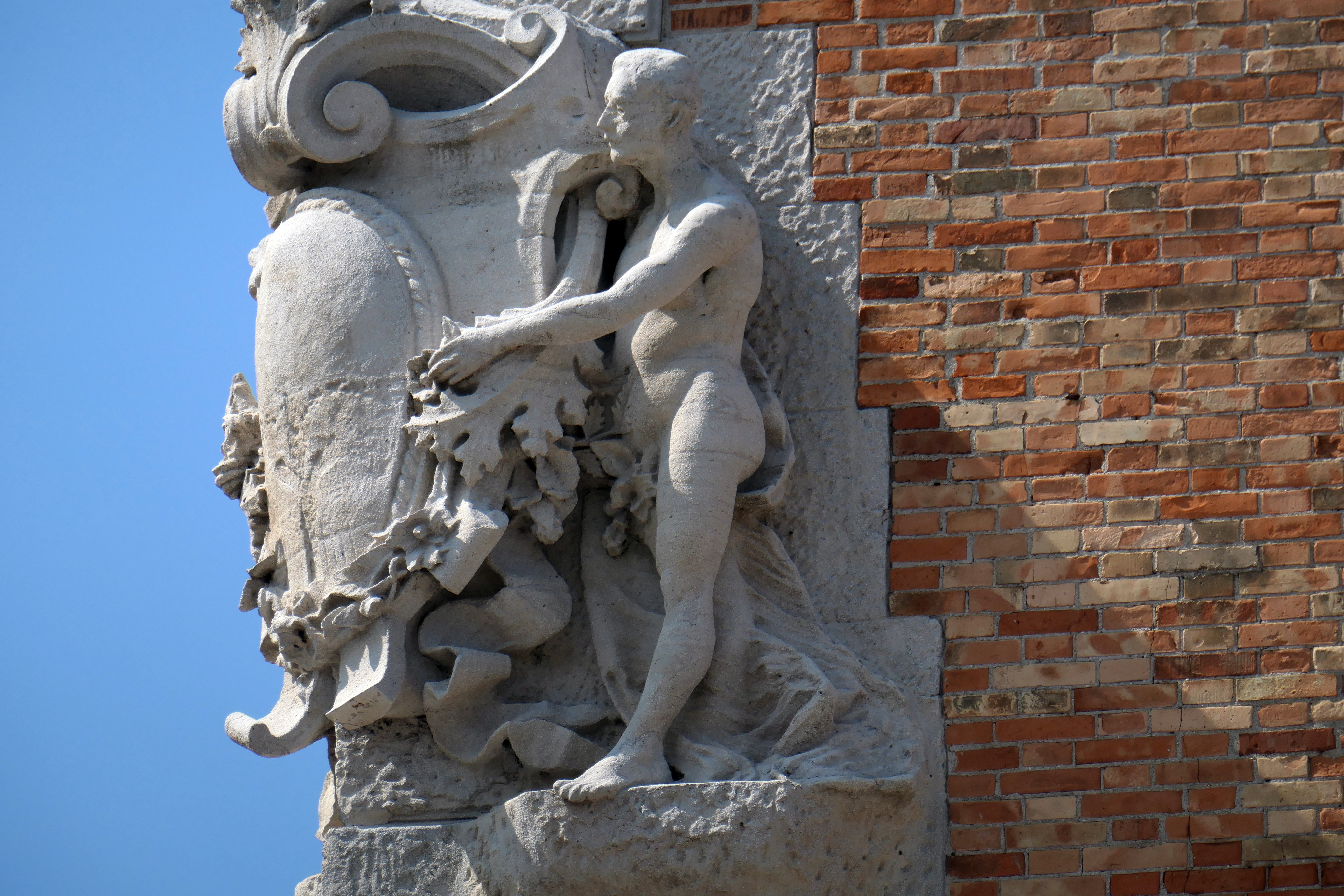Maybe in my next life I’ll be an art detective. Mystery! Adventure! Travel! Righting Wrongs! Call me Indiana Heuer, anytime….

This was brought to mind by reports that a Dutch art detective, Arthur Brand, tracked down two priceless Spanish reliefs stolen from a Visigoth church near Burgos in northern Spain to a garden in the United Kingdom.

The church itself is a mystery, effectively lost for centuries before being rediscovered in 1921 by a local priest and declared a national monument in 1929. An academic debate rages about its actual age, for which these reliefs, found in the garden of British aristocracy who unwittingly acquired them as garden ornaments, are crucial evidence.
This is the latest in a long line of discoveries by art historian Brand, who has made a name for himself as being a terrific sleuth of all things looted and/or forged, driven by passionate love for art ( the real thing.) “Devotion to pursuing art that “belongs in a museum” is the only way to function in a corrupt art world, Brand insists. While Interpol stresses that illegal art trade is difficult to measure, Brand estimates that a full third of the billion-dollar art market is forged, and at least 30% of antiques in galleries and museums were excavated from illegal dig sites. As it turns out, only black market drugs and guns generate more money than the black market for art. https://www.vice.com/en_us/article/bmybyd/arthur-brand-ukraine-feature

From colonial looting to Nazi theft http://www.spiegel.de/international/world/how-german-investigators-found-lost-nazi-art-beloved-by-hitler-a-1035230.html
to modern museum heists, the art historian turned detective has delivered the goods, quite literally, back to their rightful owners. One of his scoops was recent: the return to Cyprus of a mosaic of St. Mark that was looted from the Panayia Kanakaria church in Lythragomi in the aftermath of the Turkish invasion in1974.


Which brings me to the Metropolitan Museum’s strange silence on its own collection of Cyprian art, the Cesnola collection, acquired from a robber of antiquities of large proportions. I am linking to the full, fascinating story below – it might as well be a script for a thriller movie about treasures stolen, who stole them, who fenced them and who now makes money off their display. Of course, unless we are talking museum break -in’s, it’s always more complicated than “that’s mine! Give it back!”
As the article states: “Theft may indeed be theft, but the topic of restitution is complex, global, emotional and legalistic. Governments and museums usually declare that their precious exhibits came to them in line with laws in place at the time of their removal. This was often done with the consent of regimes eager to profit from their local heritage. It’s an argument that can be self-serving because even when the theft was taking place, there often were voices that condemned it.”
https://www.3quarksdaily.com/3quarksdaily/2019/01/the-met-museums-scholarly-looter.html#more-155054

So maybe in my next life I won’t be an art detective, but a museum directrice. Art! Travel! Righting wrongs!
Here is some traditional Cyprian music – https://www.youtube.com/watch?v=mY7Q0KAxH1M
Photographs are mosaics and relief work found in Trieste last summer.






